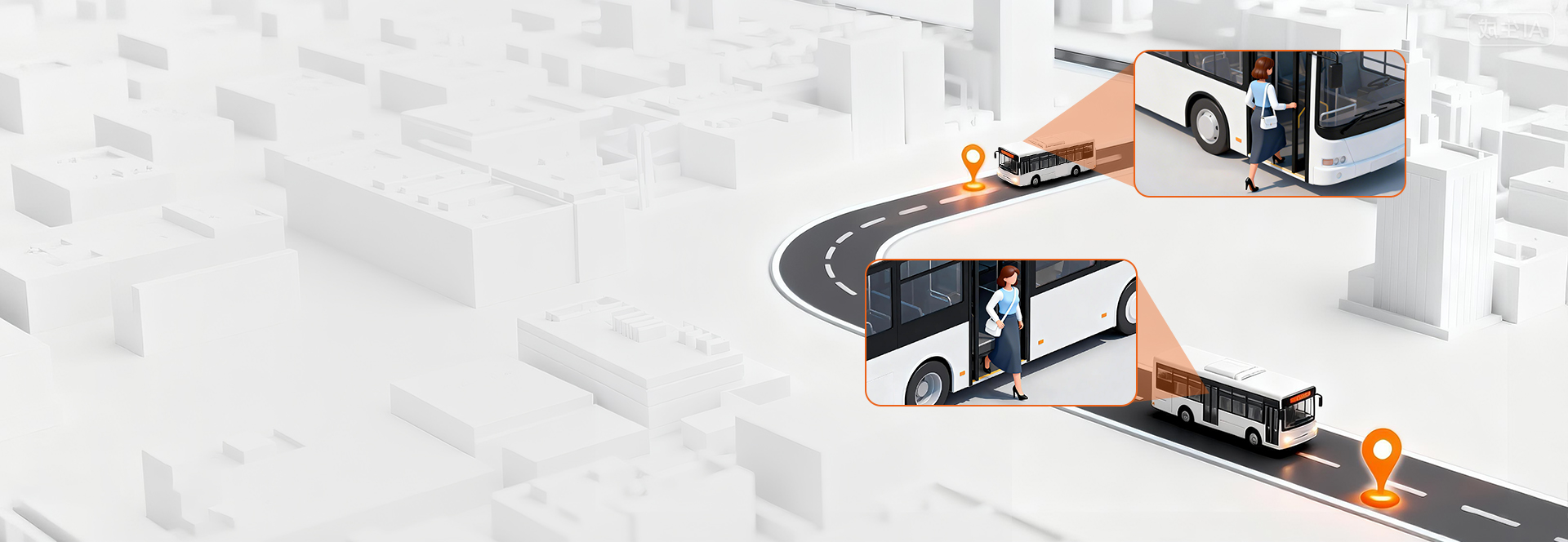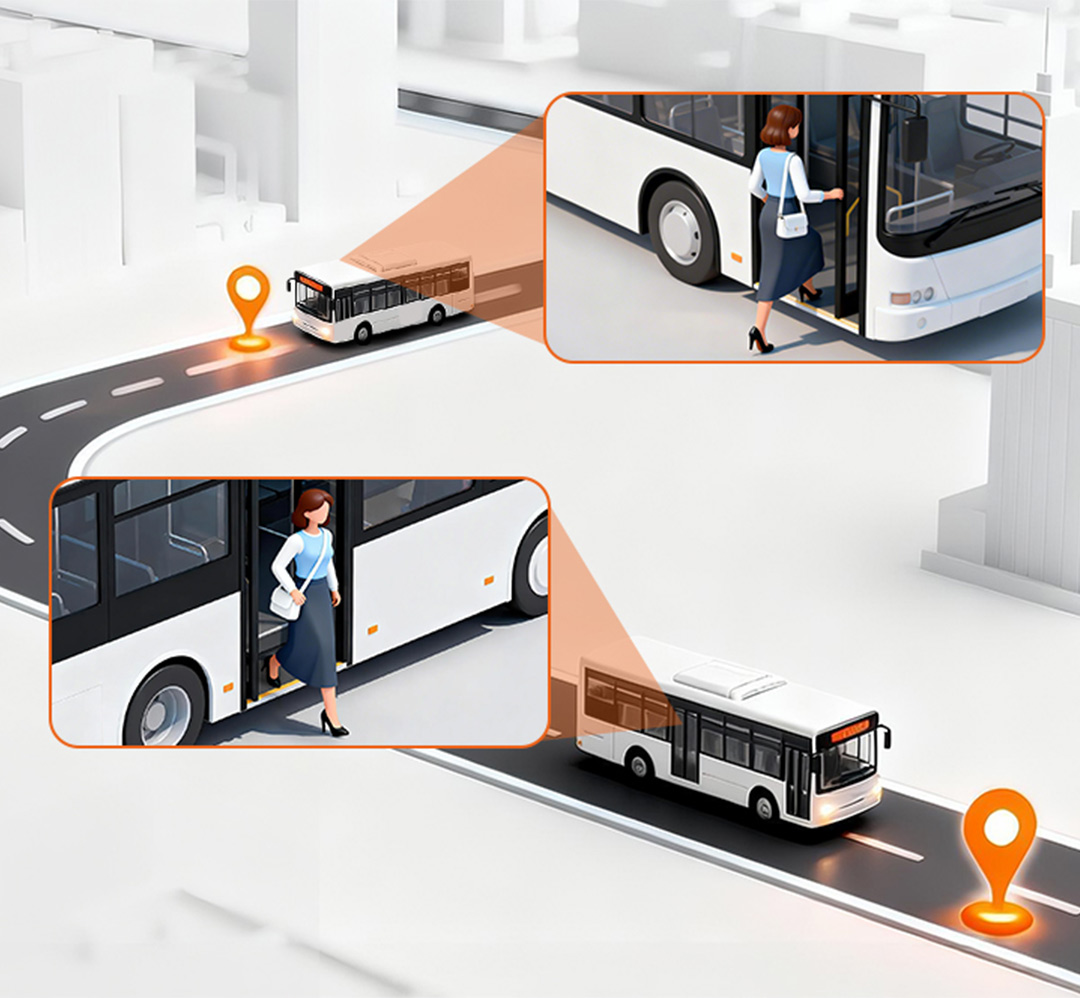The leader in the people counting industry



Sub Heading




















Why Use People Counting?
People counting is a counting solution that places equipment at entrances, exits, corridors and specific areas to measure the number of people entering, passing, returning, staying or in a specific area. People counting systems provide accurate data for analysis and decision support.
Widely used in retail stores, shopping malls, supermarkets, buildings, public transportation (subways, high-speed rail, buses) and other occasions.
It can help companies understand the distribution and trends of passenger flow, hot spots and passenger flow, and improve efficiency, adjust marketing strategies, improve customer experience and enhance safety for operation managers in various industries.
Highlights of FOORIR People Counting Sensor
The application of multiple powerful functions enables.
The foot traffic counter to meet various scenarios and needs.

Gender & Age Identification
Identifiable gender and age groups (<10 years old, 10-16 years old, 17-30 years old, 31-45 years old, 46-60 years old, >60 years old)

REID Deduplication
It can eliminate duplicate counts of the same person entering, exiting or staying multiple times in one day.

High Precision Person Counter
Accurately recognize in real time visitor counter, with anaccuracy up to 99%,and can adapt to dark environment.

Employee Exclusion Counting
FOORIR Customer counter uses badge and name tag to accurately screen the number of employees.

Adults/Children Differentiation
Customizable elevationcutoff points are supported todistinguish between adults andchildren, and count them separately.

Anonymous Detection
People counting technology uses depth maps and grayscale objects instead of RGB images, protects privacy.

Regional Human Counting
Supports drawing multiple detection areas (up to 4), accurately counting the number of people in the specified area, and counting the time people stay in the specified area.

Line Crossing People Counting
Customize detection lines (up to 4) to achieve two-way people counting at multiple entrances and exits. support drift filter detection function to accurate counting.

Great Compatibility
People counter transmitsdata to the server via HTTP POST/HTTPS POST/Modbus-RTU / Modbus-TCP/MQTT protocol, supporting secondary development and data docking.

Adapt to Various Scenarios
Pedestrian counting technology has a wide measurement range, performance is not affected by no light or low light environment, and still maintains high accuracy.
Application Scenario Counting Solution
FOORIR uses AI and sensors to enable intelligent pedestrian flow analysis and
smarter operations across retail, transport, and buildings
Smart Retail: Unstable store traffic and low efficiency in product display and sales guidance
FOORIR provides real-time traffic stats and heat-map insights to identify customer patterns and hotspots, enabling better retail decision-making
- Real-time insights into movement and hotspots enable better display layouts and customer flow planning.
- Accurately identify peak hours and scientifically allocate sales guides and manpower.
- Customer flow data accuracy reaches 99%, helping to steadily improve store conversion rates.
Smart Transportation : unstable passenger flow and no real-time capacity data
AI-driven flow monitoring reveals real-time density in stations and carriages, helping optimize scheduling and emergency response
- Real-time monitoring of crowd density to prevent congestion and delays.
- Data-driven scheduling system enables dynamic optimization of transportation capacity.
- AI-driven flow monitoring visualizes passenger density in stations and carriages, aiding scheduling and emergency response.
Smart Toilets: rely on experience for scheduling, have low maintenance efficiency, and suffer from serious energy waste
By analyzing passenger flow and usage frequency, dynamic cleaning schedules and intelligent energy management can be implemented
- Real-time monitoring of pedestrian traffic and usage frequency automatically triggers cleaning and maintenance.
- Data visualization and analysis to facilitate refined urban management.
- Reduce energy waste and labor costs, and enhance the image of public services.
Smart Office: low space utilization, conflicting meeting room resources, high energy costs
Monitoring flow and occupancy provides a full view of space use, supporting smart scheduling and energy savings
- Analyze the utilization rate of office areas, meeting rooms, and workstations to optimize space allocation.
- Real-time passenger flow sensing and personnel positioning ensure safety and energy efficiency.
- Data-driven human and energy management reduces operating costs.
Smart Museums: Uneven distribution of visitor experience and lack of data support for exhibition evaluation
By tracking visitor flow and hotspots in real time, exhibition layouts and traffic can be optimized for smarter management
- Real-time statistics on visitor flow and area traffic to prevent overcrowding and queues.
- Heat map analysis helps to optimize visitor flow and exhibition design.
- Data traceability facilitates exhibition evaluation and refined operation.
Smart Buildings: decentralized visitor management, imprecise energy consumption control, and fragmented operational data
Multi-point flow monitoring, integrated with access, security, and energy systems, forms a centralized space management hub
- Multi-point visitor flow monitoring provides insights into visitor distribution and activity levels.
- Integrate access control, security, and energy consumption systems to improve overall efficiency.
- Supporting building digital twins and smart park management.
Smart Gyms: large fluctuations in member traffic and uneven distribution of coaching resources
Real-time customer flow and behavior data help optimize staffing and marketing for a smarter fitness experience
- Use real-time attendee stats to optimize coach assignments and resource allocation.
- Analyzing member activity and repurchase trends helps in targeted marketing.
- Optimize site utilization to improve customer satisfaction and operational revenue.













